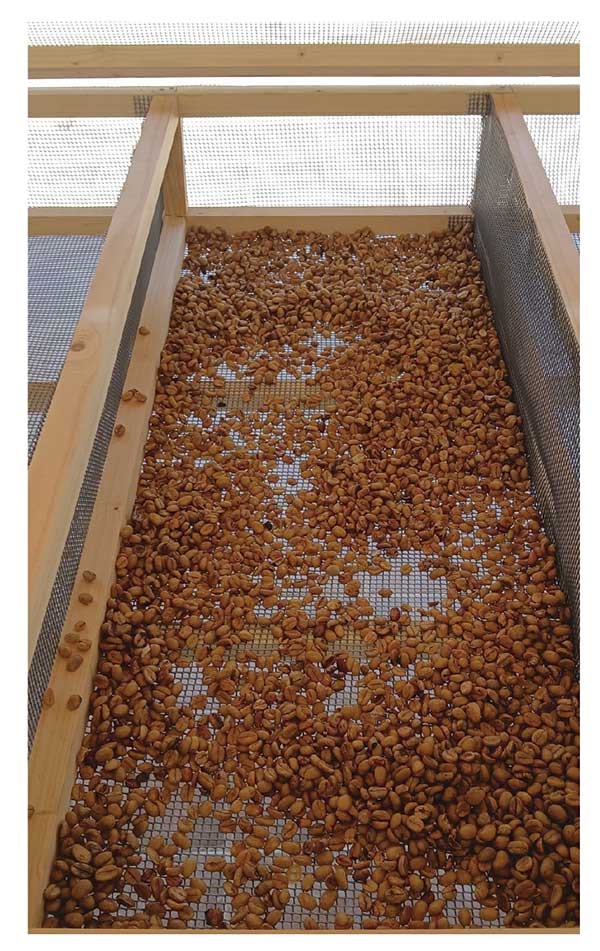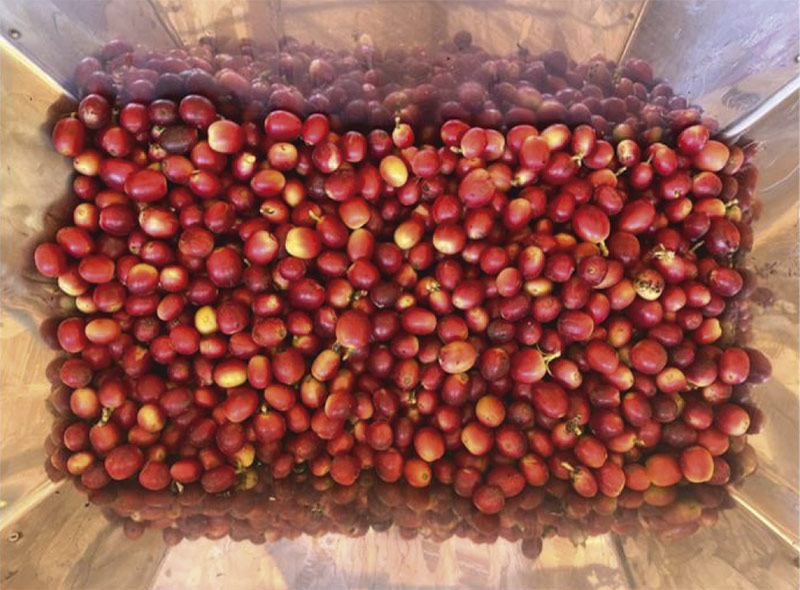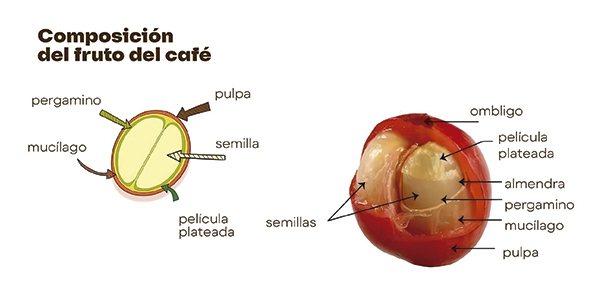What is Coffee Fermentation? And Why is it Key?
Cafès Illes Balears
Behind every cup of coffee lies a series of processes that directly influence the flavours and aromas you perceive. One of the most important yet often least understood is fermentation.
This step, occurring after bean harvesting, has a key impact on the final coffee quality. Through microorganism activity, unique characteristics develop that define each batch’s sensory profile.
In this article, we’ll explore what coffee fermentation is, why it matters, and how it shapes the experience reaching your palate.
Harvesting coffee cherries at the Cafès Illes Balears farm
Coffee fermentation is the process beginning once cherries are harvested. Microorganisms (like yeasts and bacteria) start breaking down the sugars and mucilage coating the bean. This process not only aids bean cleaning but also alters its chemical composition, directly impacting the coffee’s flavours and aromas.
Coffee Fermentation Processes
he processing method applied to coffee cherries post-harvest directly impacts fermentation development and consequently the drink’s sensory profile. Below we explore the three most common methods:
1. Natural Process (Dry Process)
In natural processing, whole cherries dry with pulp and mucilage intact. Traditionally used in regions with dry, sunny climates.
- Fermentation: Occurs inside the fruit through slow, controlled sun-drying.
- Flavour: Typically yields coffees with intense fruity profiles, pronounced sweetness and lower acidity.
- Risks: If mishandled, can cause unwanted fermented flavours or defects from over-fermentation.
2. Honey Process (Semi-Washed)
This method removes the cherry skin but leaves some or all mucilage on the bean before drying. Mucilage amount determines yellow, red or black honey types.
- Fermentation: Occurs in the mucilage during drying, creating more controlled fermentation than natural process.
- Flavour: Profile varies by honey type, but typically offers balance between sweetness, acidity and body.
- Advantage: Lower defect risk than natural process, yet more complexity than washed.
3. Washed Process (Wet Process)
Among the most common methods in regions with water access. Cherries are pulped then fermented in tanks to remove mucilage via microbial or mechanical action.
- Fermentation: Occurs in tanks, typically 12-48 hours depending on climate and producer goals.
- Flavour: Cleaner flavours, bright acidity, and clearer expression of origin and variety.
- Advantage: Allows greater precision in fermentation timing and conditions.

Harvest from our farm dried using honey process
JOIN OUR COMMUNITY !
This blog is all about you. Share your questions, your stories, and everything you love about coffee.
We invite you to follow us on social media, leave a comment, and share this passion for coffee with us!



